Farah Ossouli . Last Four Decades 46612
This book provides insights on Farah Ossouli’s artistic pursuits with miniature painting, explains the historical background of Iranian Contemporary and the challenges of contemporary image making in the new political and social climate.
Farah Ossouli (born in 1953 in Zandschan, lives and works in Tehran) has explored innovative approaches to the medium painting, most commonly through juxtaposition of images and texts that scrutinize preconceptions about gender and race while undermining collective assumptions in post-revolutionary Iran.
A hallmark of her paintings are exceptionally fine miniatures; her subjects are figurative but nevertheless not easily deciphered. Even through titles can identify what is portrayed, they often only hint at a possible interpretation of the picture. Through most of her works have a private character, Ossouli refers to historical events and occurrences with collective memory internationally, which still disturbs to this day. Ossouli can interpret history through an artwork, since the aesthetics of representation creates a challenge to the ethics of what is represented. The aesthetic quality of the paintings is what first allows the viewers to address his content. The dissolution of subjectivity and its rearticulation in miniature compositions is a major trope. Early on Ossouli began to use mirrors to facilitate this process – as myth and metaphor doubling and redoubling a fragmented vision – returning the viewer to that moment of ego formation described by Jacques Lacan as the mirror stage. Farah Ossouli’s paintings, gouaches, conceptual miniature works, drawings, artist books and texts since the mid-1970s have been characterized by a keen awareness how the conditio humana is a product of its representation in mass media. She has developed a unique aesthetic practice committed to a metaphorical and feminist narration.
For more than four decades, Ossouli has been delving into the violent peripheries of a society mediated by images, in genuine compositions whose fine surfaces contain an unsettling visual poetics, political allure, and hope. Her works are monumental sites of confrontation with ideologies that manipulate and often obliterate the individual. This corporal trauma is expressed in an almost documentary realism with the elements of classical Persian Miniature Paintings that presents little more than the bare facts, it is also reflected in every aspects of composition, from the projection of contemporary political issues and the removal of entire sections in the narration, to unnerving collapse of the figure with space it occupies.
Farah Ossouli (born in 1953 in Zandschan, lives and works in Tehran) has explored innovative approaches to the medium painting, most commonly through juxtaposition of images and texts that scrutinize preconceptions about gender and race while undermining collective assumptions in post-revolutionary Iran.
A hallmark of her paintings are exceptionally fine miniatures; her subjects are figurative but nevertheless not easily deciphered. Even through titles can identify what is portrayed, they often only hint at a possible interpretation of the picture. Through most of her works have a private character, Ossouli refers to historical events and occurrences with collective memory internationally, which still disturbs to this day. Ossouli can interpret history through an artwork, since the aesthetics of representation creates a challenge to the ethics of what is represented. The aesthetic quality of the paintings is what first allows the viewers to address his content. The dissolution of subjectivity and its rearticulation in miniature compositions is a major trope. Early on Ossouli began to use mirrors to facilitate this process – as myth and metaphor doubling and redoubling a fragmented vision – returning the viewer to that moment of ego formation described by Jacques Lacan as the mirror stage. Farah Ossouli’s paintings, gouaches, conceptual miniature works, drawings, artist books and texts since the mid-1970s have been characterized by a keen awareness how the conditio humana is a product of its representation in mass media. She has developed a unique aesthetic practice committed to a metaphorical and feminist narration.
For more than four decades, Ossouli has been delving into the violent peripheries of a society mediated by images, in genuine compositions whose fine surfaces contain an unsettling visual poetics, political allure, and hope. Her works are monumental sites of confrontation with ideologies that manipulate and often obliterate the individual. This corporal trauma is expressed in an almost documentary realism with the elements of classical Persian Miniature Paintings that presents little more than the bare facts, it is also reflected in every aspects of composition, from the projection of contemporary political issues and the removal of entire sections in the narration, to unnerving collapse of the figure with space it occupies.
Ця книжка розповідає про мистецькі пошуки Фараха Оссулі у сфері мініатюрного живопису, пояснює історичне підґрунтя іранського контемпорарі та виклики створення сучасних образів у новому політичному та соціальному кліматі.
Фарах Оссулі (народилася 1953 року в Занджані, живе і працює в Тегерані) досліджує інноваційні підходи до живопису, найчастіше через зіставлення зображень і текстів, які ретельно аналізують упередження щодо гендеру та раси, підриваючи колективні уявлення в постреволюційному Ірані.
Характерною рисою її картин є надзвичайно витончені мініатюри; її сюжети образні, але, тим не менш, їх нелегко розшифрувати. Навіть через назви можна визначити, що зображено, вони часто лише натякають на можливу інтерпретацію картини. Хоча більшість її робіт мають приватний характер, Оссулі звертається до історичних подій та явищ, пов'язаних з колективною пам'яттю на міжнародному рівні, що турбує і донині. Оссулі може інтерпретувати історію через художній твір, оскільки естетика репрезентації створює виклик етиці того, що репрезентується. Естетична якість картин - це те, що перше дозволяє глядачам звернутися до його змісту. Розчинення суб'єктивності та її реартикуляція в мініатюрних композиціях є основним тропом. Рано Оссулі почав використовувати дзеркала, щоб полегшити цей процес - як міф і метафору, що подвоює і повторює фрагментоване бачення, повертаючи глядача до того моменту становлення его, який Жак Лакан назвав дзеркальною стадією. Живопис, гуаш, концептуальні мініатюри, малюнки, книги про мистецтво та тексти Фарах Оссулі з середини 1970-х років характеризуються гострим усвідомленням того, як conditio humana є продуктом її репрезентації в засобах масової інформації. Вона розробила унікальну естетичну практику, віддану метафоричній та феміністичній оповіді.
Понад чотири десятиліття Оссулі заглиблюється в насильницькі периферії суспільства, опосередковані образами, у справжніх композиціях, чиї витончені поверхні містять тривожну візуальну поетику, політичну привабливість і надію. Її роботи є монументальними місцями конфронтації з ідеологіями, які маніпулюють і часто знищують особистість. Ця тілесна травма виражена в майже документальному реалізмі з елементами класичної перської мініатюри, що представляє не більше, ніж голі факти, вона також відображена в усіх аспектах композиції, від проекції сучасних політичних проблем і вилучення цілих розділів з оповіді, до нервового колапсу фігури з простором, який вона займає.
- АвторNecmi Sonmez
- КатегоріяХобі та захоплення
- МоваАнглійська
- Рік2023
- Сторінок144
- Формат270x300 мм
- ОбкладинкаТверда
- Тип паперуОфсетний
- ІлюстраціїКольорові
- ЖанрКультура та мистецтвоОбразотворче мистецтво
- Вік16+
1671 ₴
Відділення Нова Пошта80 ₴
Поштомат Нова Пошта80 ₴
Кур’єр Нова Пошта120 ₴
Відділення УкрПошта50 ₴
Кур’єр за адресою90 ₴

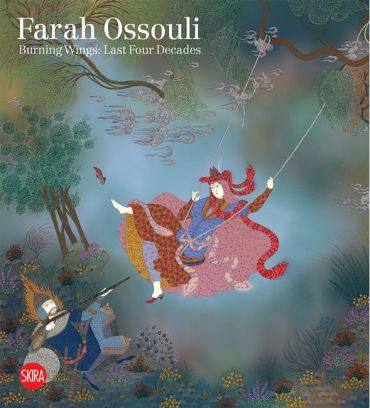
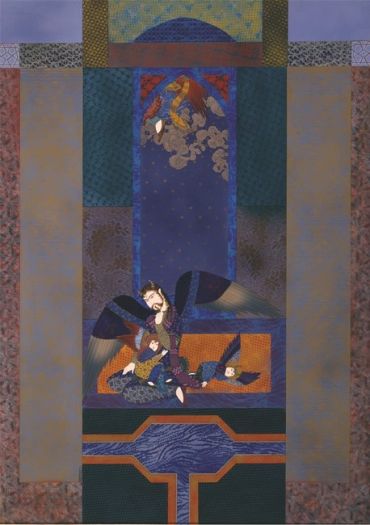

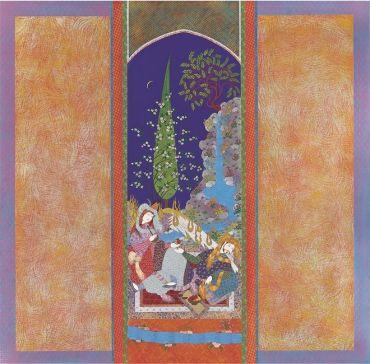

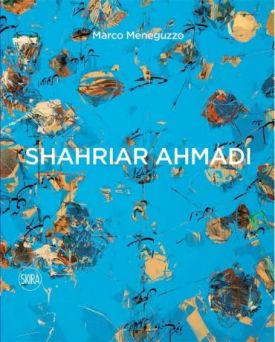
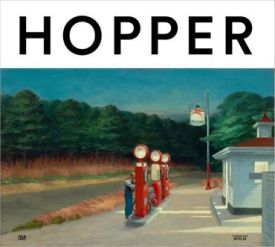
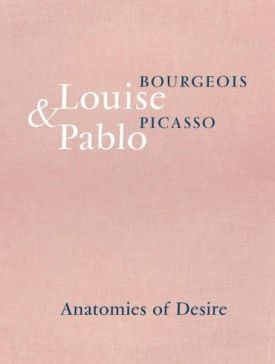

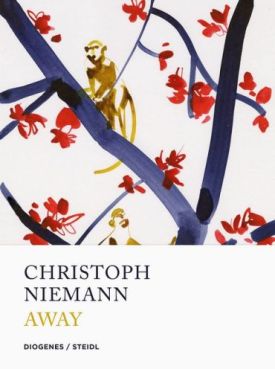
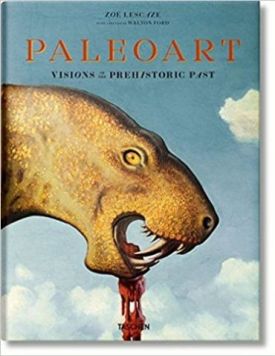
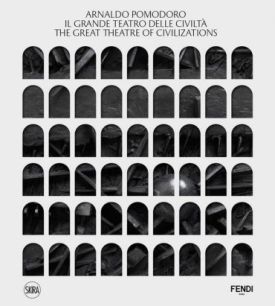




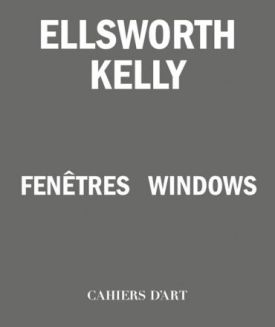
допоможіть тим, хто ще не читав